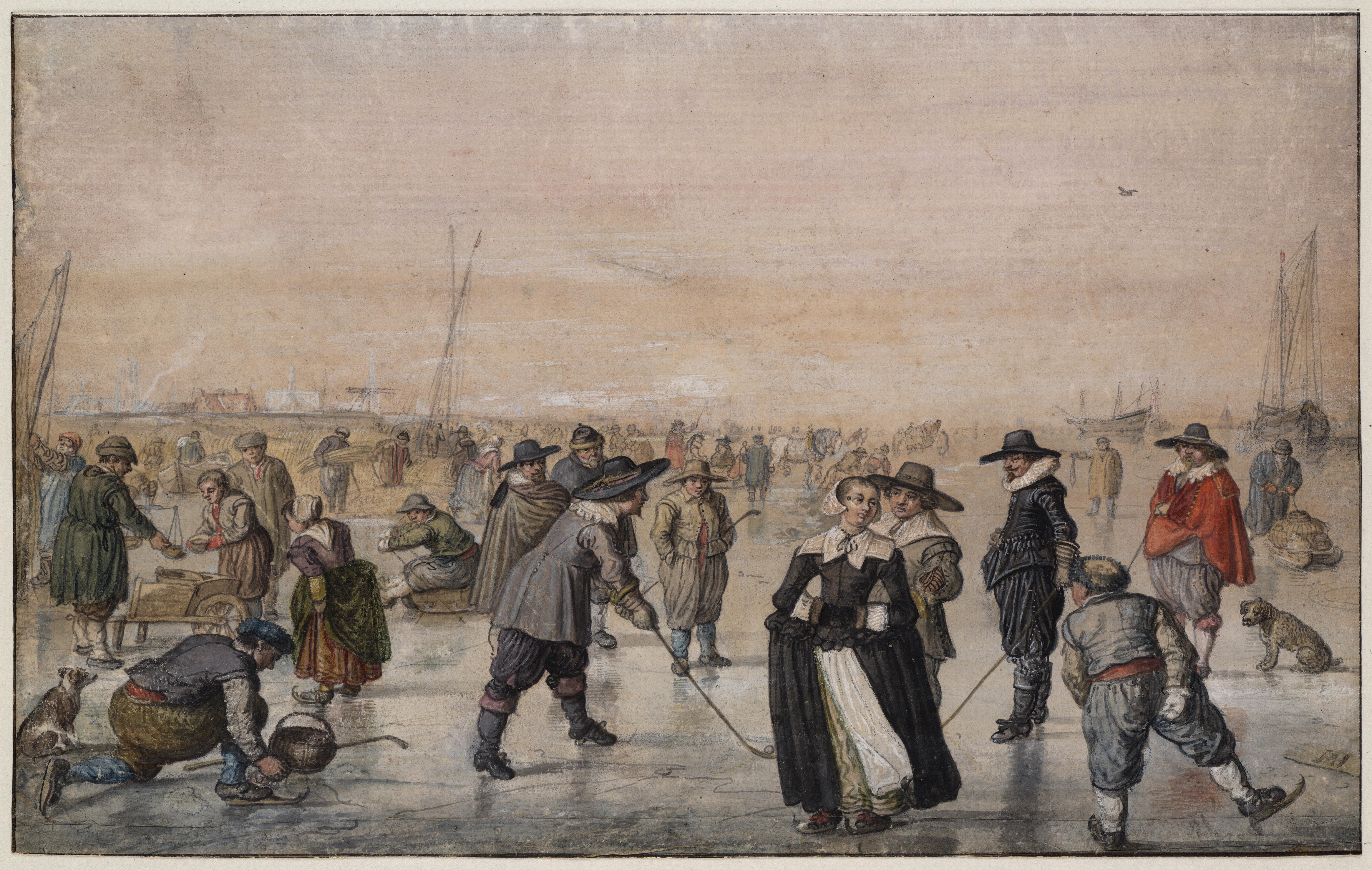|
Charles Mahoney (martyr)
Charles Mahoney (or Mahony; alias Charles Meehan; 1640 – 12 August 1679) was an Irish Franciscan friar. He is consideres a martyr by the Roman Catholic Church, one of the Eighty-five martyrs of England and Wales beatified by Pope John Paul II in 1987. Their feast day is celebrated on 4 May. Life Mahoney belonged to the Irish Province of the Order of Friars Minor and spent some of 1676 at Saint Isidore's College in Rome, headquarters of the province in exile. Attempting to return to Ireland from the continent where he had been ordained to priesthood, he was shipwrecked and landed in Wales. He was arrested in 1678 and imprisoned at Denbigh. He went on trial the following year at Ruthin in northern Wales where he was condemned and hanged. The documentary evidence is scanty. The British Museum has a copy of a single sheet entitled ''The Last Speeches of Three Priests that were Executed for Religion, Anno Domini 1679'', from which the following transcript is made: An Acco ... [...More Info...] [...Related Items...] OR: [Wikipedia] [Google] [Baidu] [Amazon] |
Beatification
Beatification (from Latin , "blessed" and , "to make") is a recognition accorded by the Catholic Church of a deceased person's entrance into Heaven and capacity to intercede on behalf of individuals who pray in their name. ''Beati'' is the plural form, referring to those who have undergone the process of beatification; they possess the title of "Blessed" () (abbreviation "Bl.") before their names and are often referred to in English as "a Blessed" or, plurally, "Blesseds". It is the third stage of the ordinary process of Canonization#Since 1983, official recognitions for Catholic saints: Servant of God, Venerable#Catholic, Venerable, Blessed, and Saint. History Local Bishops in the Catholic Church, bishops had the power of beatifying until 1634, when Pope Urban VIII, in the apostolic constitution ''Cœlestis Jerusalem'' of 6 July, reserved the power of beatifying to the Holy See. Since the reforms of 1983, as a rule, (for non-martyred Venerables) one Miracle, miracle must ... [...More Info...] [...Related Items...] OR: [Wikipedia] [Google] [Baidu] [Amazon] |
British Museum
The British Museum is a Museum, public museum dedicated to human history, art and culture located in the Bloomsbury area of London. Its permanent collection of eight million works is the largest in the world. It documents the story of human culture from its beginnings to the present.Among the national museums in London, sculpture and decorative art, decorative and applied art are in the Victoria and Albert Museum; the British Museum houses earlier art, non-Western art, prints and drawings. The National Gallery holds the national collection of Western European art to about 1900, while art of the 20th century on is at Tate Modern. Tate Britain holds British Art from 1500 onwards. Books, manuscripts and many works on paper are in the British Library. There are significant overlaps between the coverage of the various collections. Established in 1753, the British Museum was the first public national museum. In 2023, the museum received 5,820,860 visitors, 42% more than the previous y ... [...More Info...] [...Related Items...] OR: [Wikipedia] [Google] [Baidu] [Amazon] |
17th-century Roman Catholic Martyrs
The 17th century lasted from January 1, 1601 (represented by the Roman numerals MDCI), to December 31, 1700 (MDCC). It falls into the early modern period of Europe and in that continent (whose impact on the world was increasing) was characterized by the Baroque cultural movement, the latter part of the Spanish Golden Age, the Dutch Golden Age, the French ''Grand Siècle'' dominated by Louis XIV, the Scientific Revolution, the world's first public company and megacorporation known as the Dutch East India Company, and according to some historians, the General Crisis. From the mid-17th century, European politics were increasingly dominated by the Kingdom of France of Louis XIV, where royal power was solidified domestically in the civil war of the Fronde. The semi-feudal territorial French nobility was weakened and subjugated to the power of an absolute monarchy through the reinvention of the Palace of Versailles from a hunting lodge to a gilded prison, in which a greatly expanded r ... [...More Info...] [...Related Items...] OR: [Wikipedia] [Google] [Baidu] [Amazon] |


